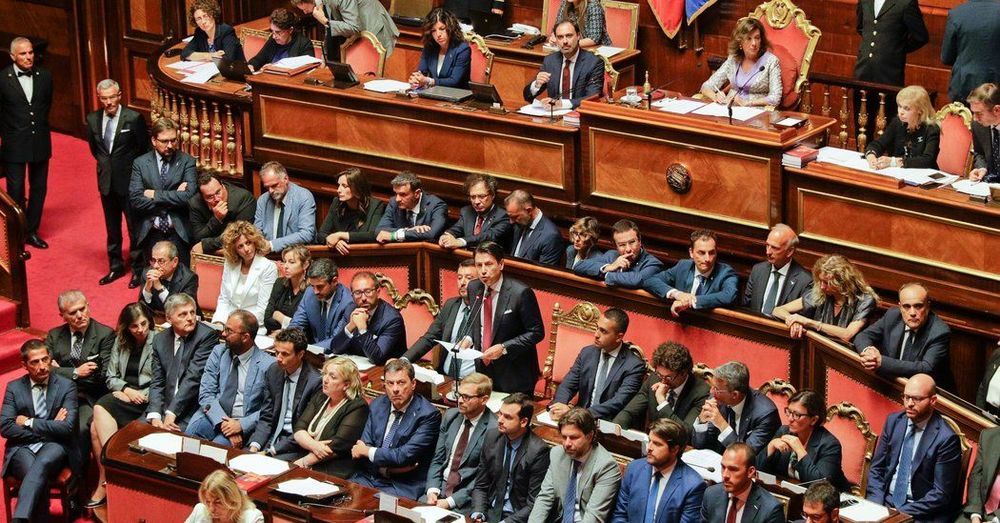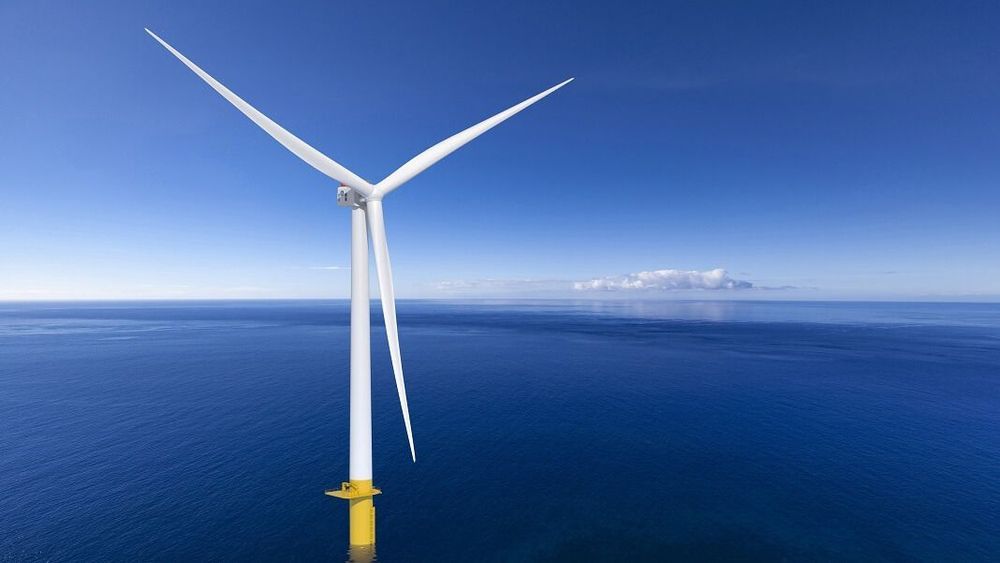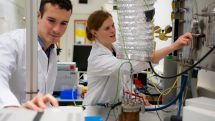
Public-safety drone consultancy Skyfire Consulting has announced a partnership with UAV company Doosan Mobility Innovation and hydrogen-fuel service provider ReadyH2 to tackle a pipeline-inspection project for an unnamed American company.
Doosan will deploy a hydrogen-powered octocopter. The drone sports a hydrogen-powered generator fueling two hours of flight time per mission over nearly 50 miles.
ReadyH2, in cooperation with parent company Fortress UAV, will be responsible for providing a ready supply of hydrogen gas for the project.









